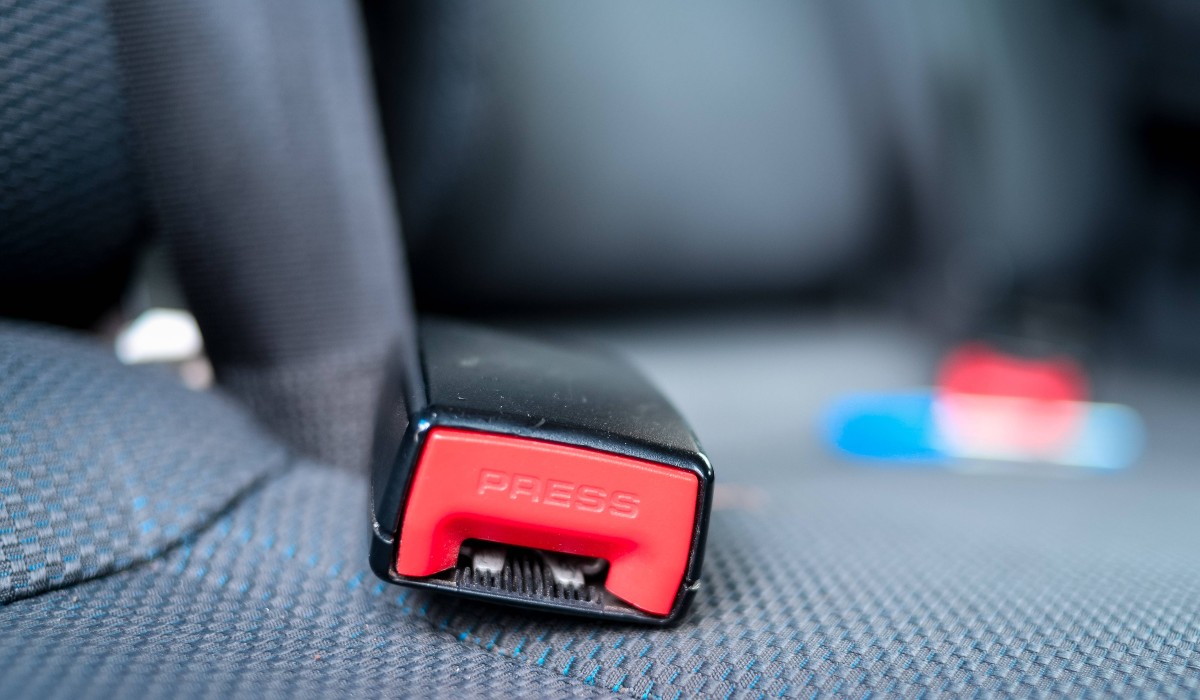
Defensive and safety driving
Noting the alarming figures of road accidents, WELCOME MADAGASIKARA, as a road user but especially concerned about the safety of its customers, applies the "Defensive and safety driving".
- Location: Antananarivo (Capital of Madagascar)
- Duration of the study: 6 months
- Number of accidents recorded: 178
- Number of fatal accidents: 32
- Number of injury accidents: 132
- Number of material accidents: 14
- Publication: Orange News (October 25, 2021)
- Source : National Police
Statistics are clear, 95% of road accidents are caused by the driver in Madagascar. So, if we want to solve this road accident problem, we should look closely at the driver's problem and bring adequate solutions.
At WELCOME MADAGASIKARA, drivers are intensively trained on defensive and safety driving. Besides the theoretical training, the driver must pass practical exams on the same theme. Only after passing the theoretical and practical exams, the driver is authorized to work as a driver.
Let's talk about Defensive Driving (In Brief)
Defensive driving or preventive driving comes to us mainly from Anglo-Saxon countries.
Defensive driving allows you to anticipate traffic, to take into account the behavior of other drivers, to reduce aggressiveness behind the wheel, to respect all road users, to remain in control, to be attentive to traffic conditions and to the state of the road.
By applying defensive driving you are aware of your driving style and you will avoid accidents. This driving improves the traffic flow by reducing traffic jams, it also joins the eco-driving since you limit your fuel consumption, your polluting emissions, and you anticipate the traffic.
What is Anticipating traffic?
- It is to respect the safety distances while aiming far.
- It also means accelerating and decelerating delicately and lifting your foot off the accelerator earlier
By aiming far away you detect potential dangers, you anticipate slowing down, you avoid unnecessary acceleration and braking.
When approaching an intersection, slow down gently, try to see the face of the driver of the vehicle that will have to give way to you to make sure he has seen you.
Raise your foot in potentially dangerous areas, for example
- Blind intersections
- Top of a hill
- Place your foot over the brake in advance
Let's talk about the visual field!
To prevent hazards, you must look far away. This is very important especially at high speeds, the higher your speed the smaller your field of vision. Also in town to anticipate traffic.
At slower speeds, your field of vision expands, you can see better what is happening on the right and on the left. You must be vigilant. Get into the habit of identifying important elements outside the field of vision such as a traffic light, a crosswalk, a traffic sign or a vehicle about to cross the intersection.
With these visual techniques you can analyze the traffic and the behavior of motorists to find a way out in case of an obstacle. In most cases in road accidents, the drivers involved have their eyes focused on the vehicle to be avoided and brake strongly until they block the wheels. Instead of looking for an escape route or a way out and using it to avoid the accident.
What about the weather?
Wind can blow debris off the road, rain can make the road slippery, fog can reduce your visibility. You need to adapt your driving to the weather conditions, reduce your speed and increase your safety distance. Keep yourself informed of the weather conditions you will encounter on your route.
But what are the benefits of defensive driving?
- Decrease in the number of road accidents
- More friendly relationship with other road users.
- Decrease in occupational diseases among driving specialists.
- Decrease in vehicle wear and tear
- Decrease in fuel consumption
- Decrease in pollutant emissions
You too, like WELCOME MADAGASIKARA, train your drivers in order to professionalize their job and reduce road accidents.
A word to the wise!
Mr. NIRIANIAINA Andry Eric
Independent trainer in defensive and security driving




